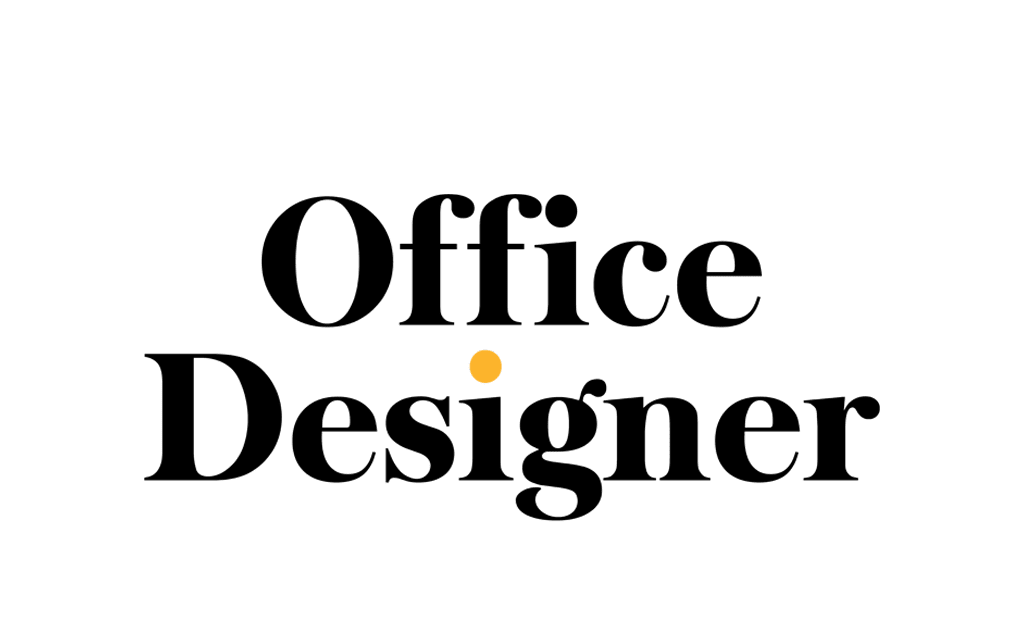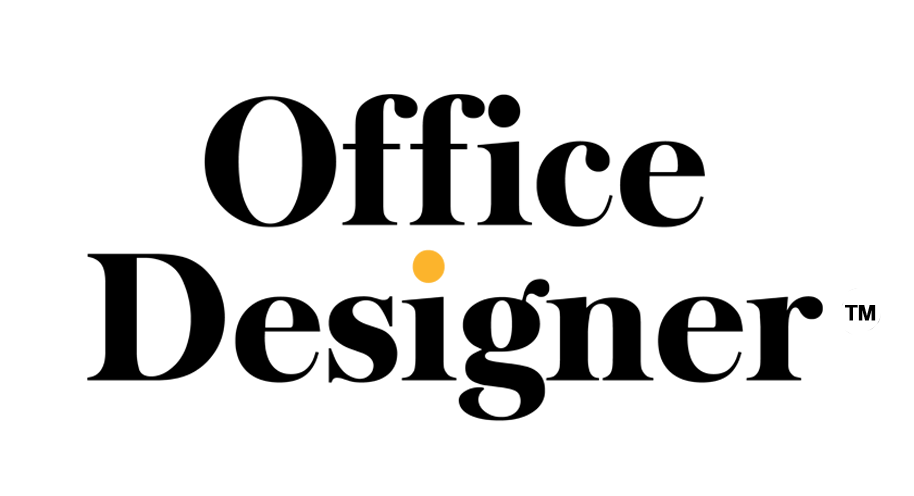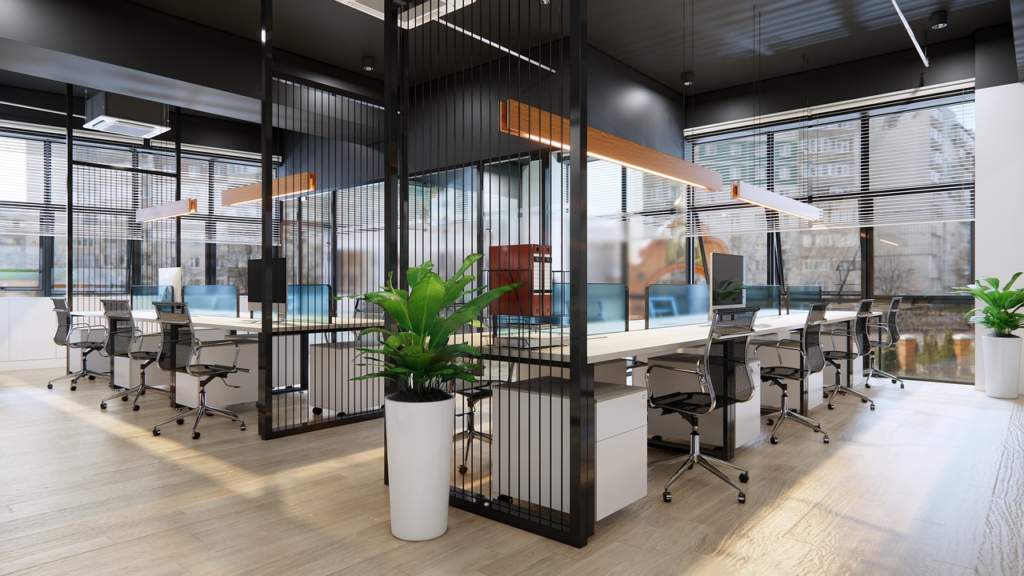In the modern workplace, understanding the psychology of office spaces has become paramount in promoting employee well-being and productivity. This blog delves into how the design and layout of office environments can significantly impact mental health, morale, and efficiency.
By incorporating insights from environmental psychology, businesses can create spaces that not only meet the practical needs of their workforce but also foster a positive and engaging work atmosphere.
The Significance of Office Design
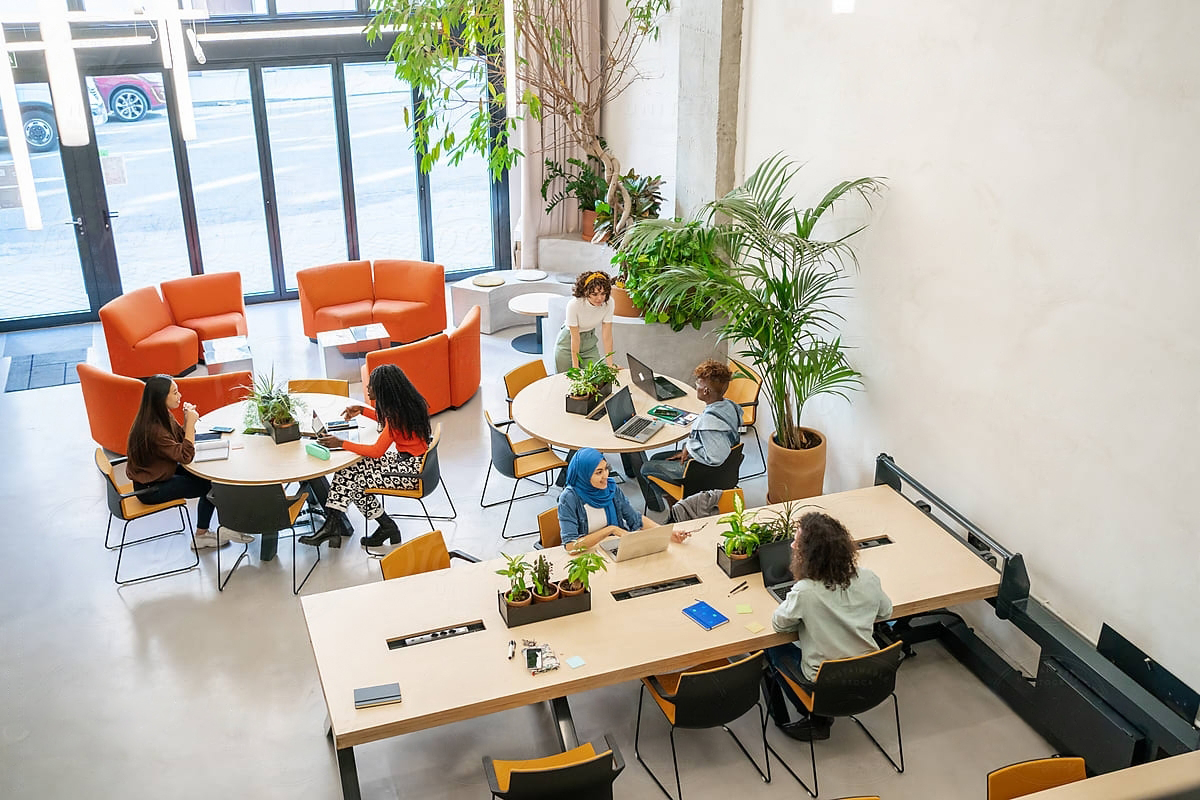
The physical workspace plays a crucial role in shaping employees’ daily experiences. Well-designed office spaces can boost creativity, facilitate collaboration, and enhance focus. Conversely, poorly designed environments can lead to stress, disengagement, and a decline in job satisfaction. By acknowledging the psychological effects of office design, organisations can craft environments that support and enhance the well-being of their employees.
The Role of Layout in Employee Interaction
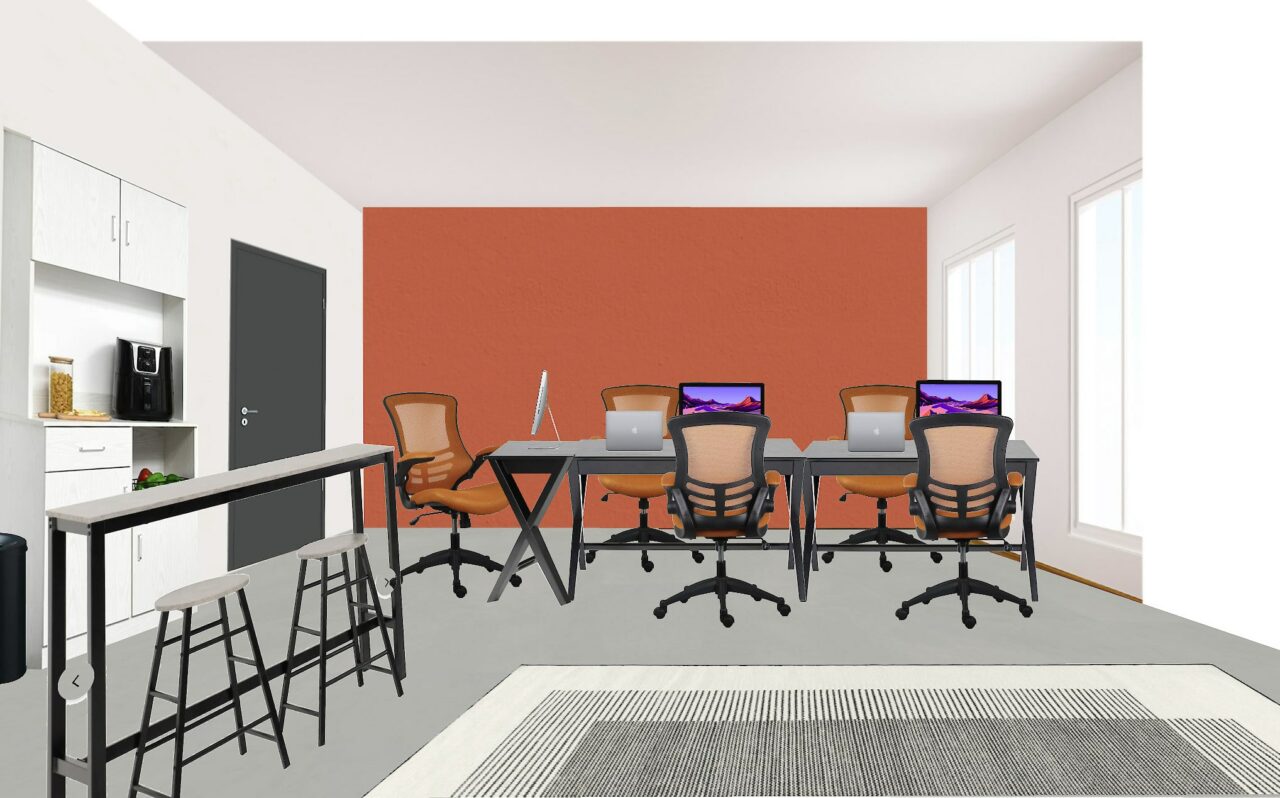
Office layout can dramatically influence social dynamics and individual work habits. Open-plan offices, designed to encourage teamwork and open communication, can sometimes lead to distractions and a lack of privacy. On the other hand, providing a mix of communal areas and private workstations can cater to different tasks and working styles, balancing the need for collaboration with the necessity for concentration and solitude.
The Impact of Lighting on Mood and Productivity
Lighting is a critical element in office design, with natural light being particularly beneficial. Exposure to natural light has been linked to improved mood, increased alertness, and enhanced overall health. Therefore, maximising natural light and supplementing it with artificial lighting solutions that mimic daylight can help maintain energy levels and promote a more vibrant work environment.
Colour Psychology and Office Aesthetics
The colours used in office spaces can have a profound effect on emotions and behaviours. For instance, blue tones are often associated with stability and calmness, promoting focus and productivity. Green, known for its restorative qualities, can enhance creative performance. Incorporating these colours into the office design can help stimulate the desired psychological responses, contributing to a more productive and harmonious workspace.
Ergonomics: Beyond Physical Comfort
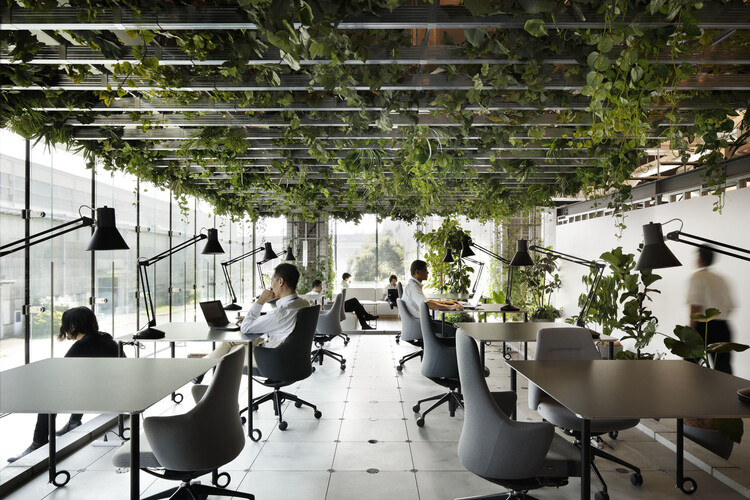
Ergonomics extends beyond mere physical comfort, touching on aspects of psychological well-being. Ergonomically designed workspaces reduce physical discomfort and the risk of strain injuries, thereby minimising stress and enabling employees to focus more fully on their work. Providing adjustable furniture and encouraging regular breaks are simple ways to integrate ergonomic principles into the workplace.
Strategies for Creating Psychologically Informed Workspaces
To leverage the psychology of office spaces effectively, consider the following approaches:
- Flexibility and Choice: Offer employees a choice in where and how they work by providing various types of workspaces, including quiet zones, standing desks, and lounge areas.
- Biophilic Design: Incorporating natural elements, such as plants, water features, and natural materials, can reduce stress and improve air quality, enhancing overall well-being.
- Personalisation: Allowing employees to personalise their workspaces can foster a sense of ownership and identity, positively impacting morale and engagement.
- Technology Integration: Thoughtful integration of technology can streamline workflows and reduce frustration, creating a more efficient and satisfying work environment.
Enhancing Employee Well-being and Productivity
The psychology of office spaces is a vital consideration in the design and management of modern workplaces. By understanding and applying principles that promote well-being and productivity, businesses can create environments that not only support the physical health of their employees but also nurture their mental and emotional well-being.
As we move forward, the challenge for interior designers and business leaders alike will be to continue innovating and adapting these spaces to meet the evolving needs of the workforce, ensuring that offices remain places where creativity, collaboration, and well-being can flourish.
